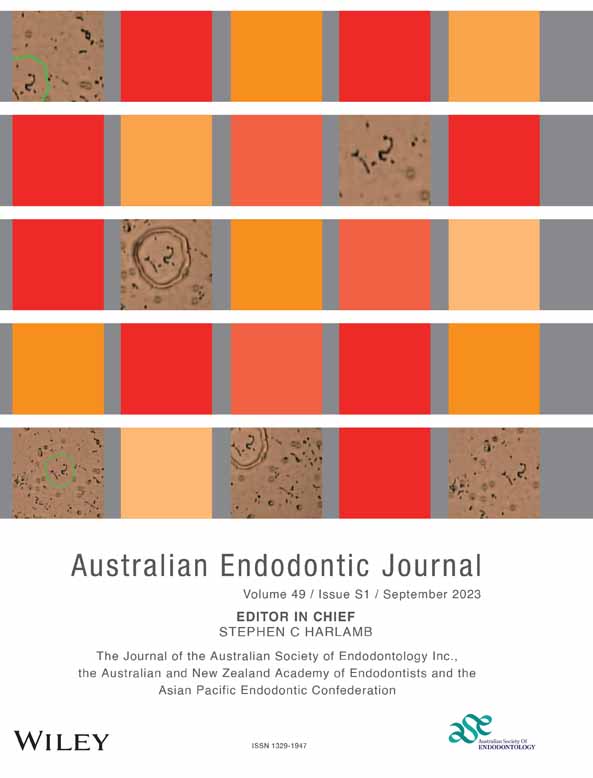Comparative evaluation of fracture resistance among conventional versus herbal irrigants in root canal treated teeth: In vitro study
Abstract
To evaluate the efficacy of conventional irrigants and herbal extracts materials which helps to resist fracture of endodontically treated teeth. 75 maxillary human permanent incisor teeth instrumented using ProTaper rotary files till apical size(F4). Instrumented samples divided into 5 groups with n = 15 based on various irrigants used. Group I: normal saline, Group II: 5% sodium hypochlorite (NaOCl), Group III: 2% chlorohexidine, Group IV: 10% Azadirachta indica (neem extract) and Group V: 10% Ocimum sanctum (tulsi extract).After that, root canals were proceeded to be filled by using single gutta-percha cone and Sealapex sealer. Specimens were then prepared and loaded until root fracture occurred. Maximum mean flexural strength of dentin (fracture resistance) was obtained from group treated with 2% chlorohexidine and 10% neem extract. Least fracture resistance was observed with 5% NaOCl. Herbal irrigants can be used as an alternative to NaOCl as they exhibit high fracture resistance.
CONFLICT OF INTEREST STATEMENT
The authors deny any conflicts of interest. Self-funded; no financial assistance was undertaken.




